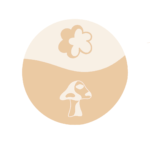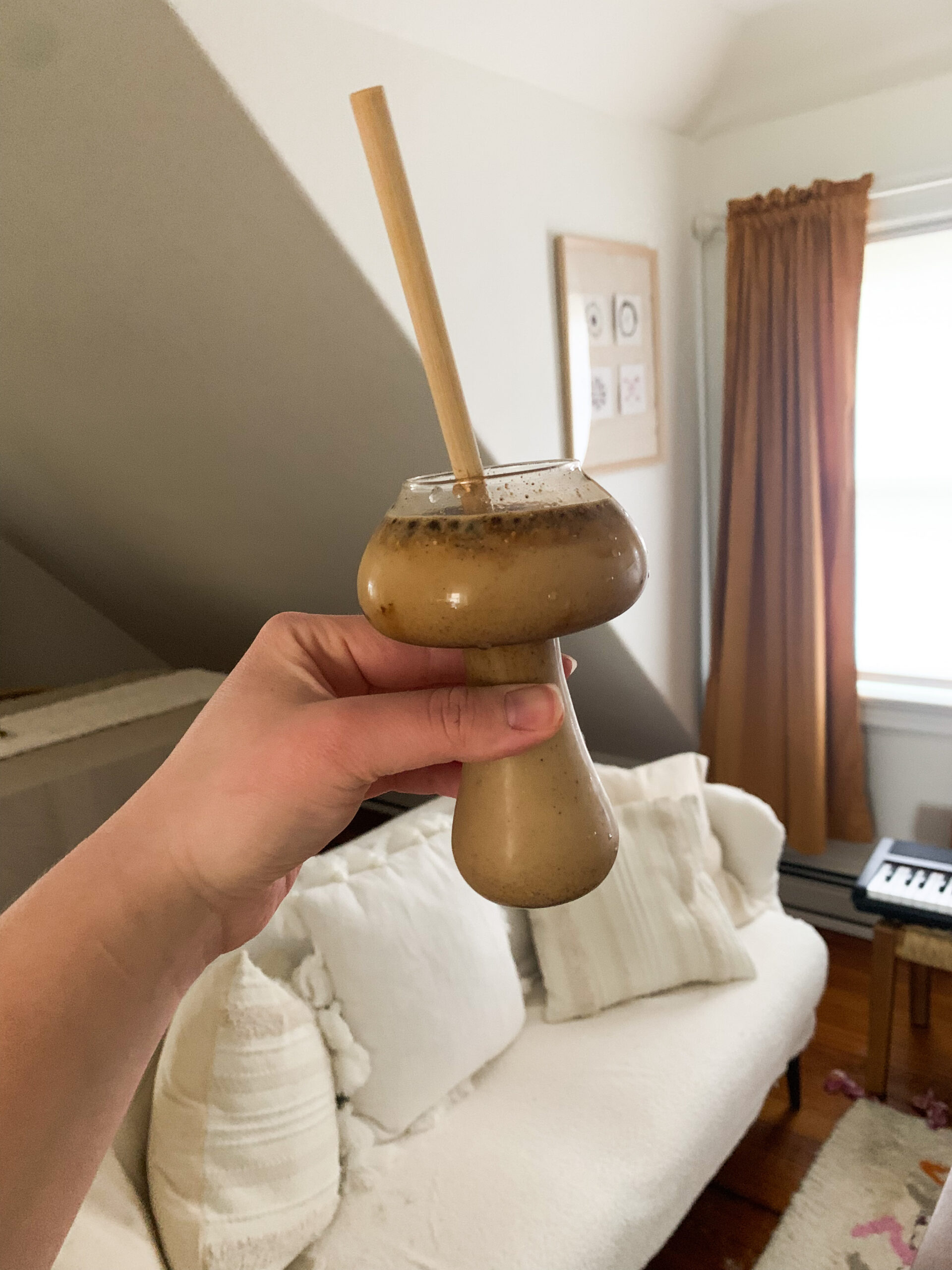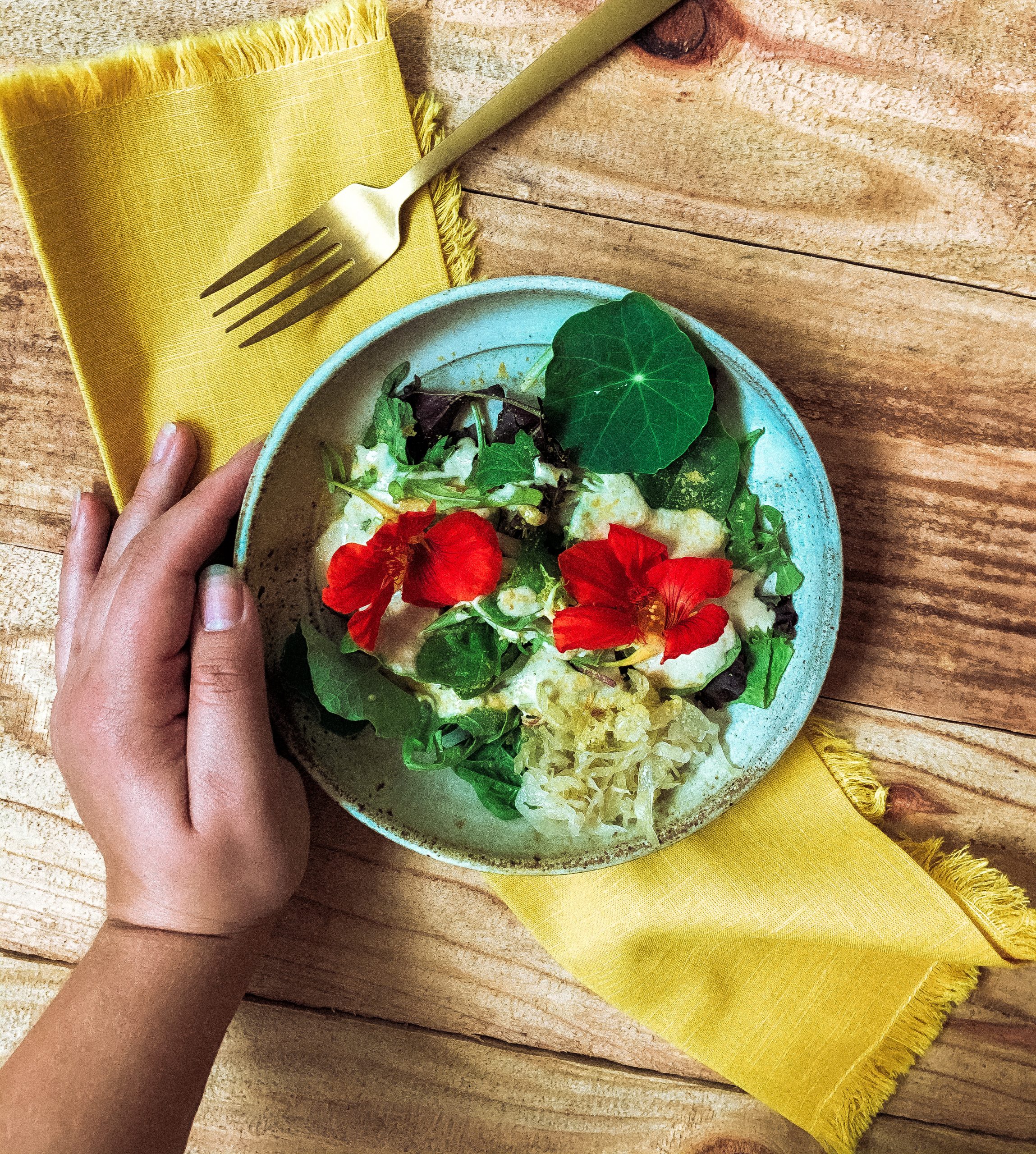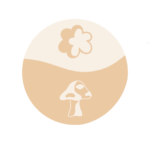My SIBO Healing Journey + Healing SIBO On a Vegan Diet
I have always struggled with digestion, but it wasn’t until later in my life when my experience with poor digestion transitioned into an understanding of my digestion disorders. My earlier life plays a big role in the current state of my digestion and my microbiome. I grew up eating an average American diet, I developed an eating disorder as a teenager, and I was prescribed antibiotics for 6 years for my acne. During college, I became extremely ill. I contracted mono twice (leaving me with lifelong Epstein-Barr Virus [EBV]), developed a Candida imbalance, was exposed to toxic mold from my first apartment, and even got a rare parasite during travel. As you can imagine, this was a recipe for disaster for my digestion, body, and physical wellness. While I do attribute my Candida imbalance to my mold-infested apartment and my previous antibiotic use, my Small Intestinal Bacterial Overgrowth (SIBO) did not come with any standard “cause and effect.” I believe that all the moving parts to my healing journey combined created the perfect storm for this condition.
What is SIBO?
SIBO stands for Small Intestinal Bacterial Overgrowth. Essentially, it can be described as a condition in which bacteria that normally live in the large intestine travel and make a home in the small intestine. This bacteria travels into the small intestine due to poor conditions of the large intestine in order to survive in the microbiome. When these little bugs decide to make a home in your small intestine, they cause an array of discomfort: bloat, poor digestion, Candida imbalance, IBS, food sensitivities, and Leaky Gut syndrome, to name a few. Left untreated, SIBO can have serious health complications and even death in most severe cases.
I was diagnosed with SIBO 5 weeks ago, and in response underwent a breathing test. The test consists of breathing into a tube every 30 minutes for 4 hours. The technician then tests the breath samples for high hydrogen and methane levels, which will indicate a SIBO infection and bacterial overgrowth. Three weeks prior to the test, I eliminated all probiotics from my diet. At the beginning of the test, I was given a fizzy probiotic drink to trigger the hydrogen and methane response from the bacteria.
In order for this to work, I had to eat a low FODMAP diet the day before testing. It depends on which test your physician is administering, but for most, your diet before the test is even more restrictive than the diet itself, and only allows for plain rice, meat, and eggs the day before your appointment.
Testing for SIBO As a Vegan: The Protocol the Day Before
As a vegan, this posed potential challenges. For three weeks prior to this, I followed a low FODMAP diet ( Looking for a low FODMAP protocol? Download the FREE FODMAPS Ebook here). I saw major improvements in my bloating and digestion during this time, and even saw the challenges a low FODMAP diet posed for vegans. I found my way through many alternatives. Although, the day before the test posed a larger challenge. The menu consisted only of meat, eggs, and rice. Rice, when eaten in large amounts, triggers my IBS and bloat severely. Given my options, I made the decision to do a 21-hour water fast and end the day on a bowl of plain white rice before the test. I am not a physician and cannot recommend this advice. This was simply my choice and the decision I made before my test.
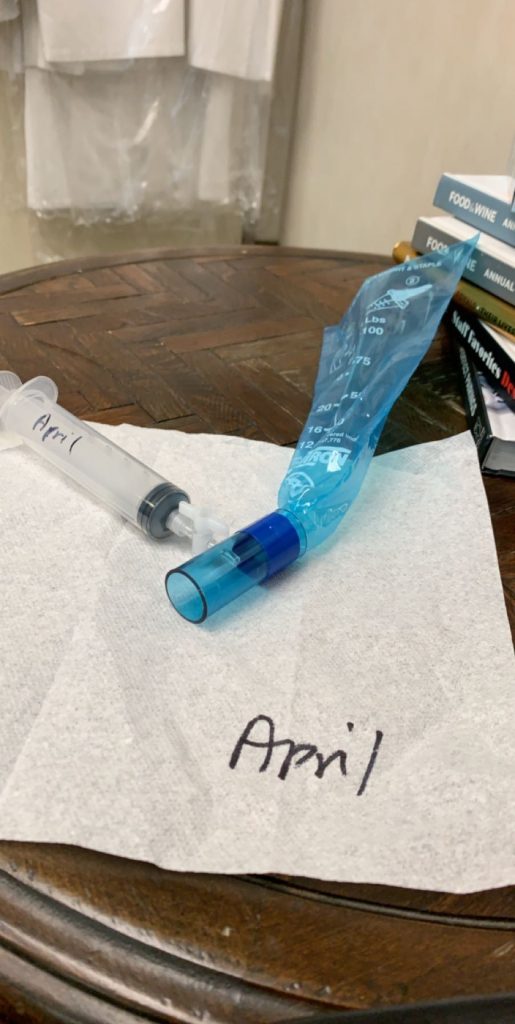
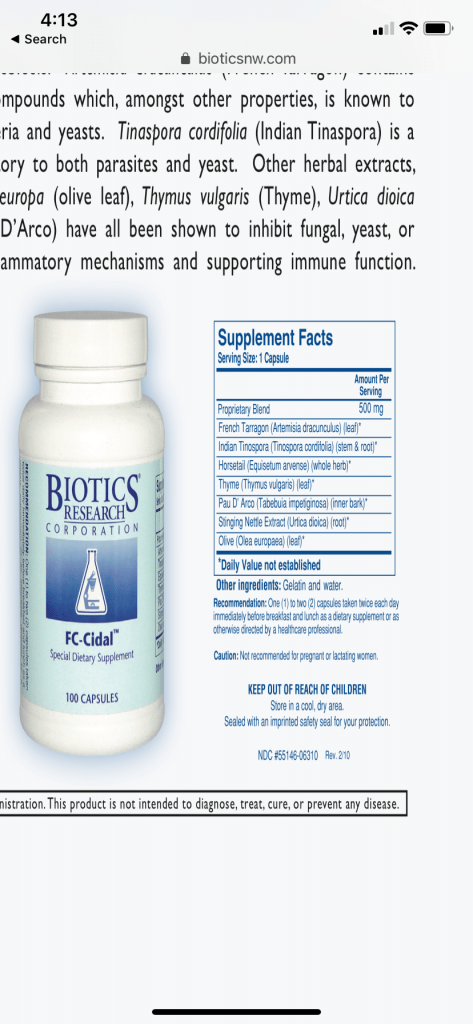
The Benefits to the Water Fast
I had heard of the benefits of water fasts for the body and spiritual enlightenment. I was interested in the similar positive effects of longer-term water fasts for digestion (like intermittent fasting).
The following day, I participated in the testing, and then returned to a low FODMAP diet following for 1 week until I received the results.
I found that I have hydrogen dominant SIBO. On the scale, a 20 mark for hydrogen was the signifier for SIBO. I had a 70 mark for hydrogen and a 30 mark for methane.
There were a few treatment options for my SIBO: a pricey vegan antibiotic or herbal therapy. I explained to my doctor my vegan lifestyle, and told him I’d love to go with the herbal therapy. He assured me it was vegan and directed me to the direct source for purchasing, where I later found out gelatin was present in the capsules.
Finding an Herbal Therapy for my Vegan Diet
The herbal therapy (Biotics Protocol) for SIBO is not vegan, and this posed potential challenges for me.
I decided to still go with the herbal therapy option, but only my way. It’s unconventional but it’s what felt right. I made my way to the local apothecary and redesigned the herbal treatment into a tea. I went to my naturopath and got a medical-grade oregano oil and probiotics.
My doctor told me to avoid probiotics for the treatment, which is where we disagreed. I do not recommend going against physicians advice, this was simply my journey. I currently take a 100 billion-plus probiotic, and am on a waiting list for the 500 trillion probiotics that are going to be released to doctors in a few months.
My Current Regime
Currently, I take a custom blend herbal tea once a day. Interested In creating a custom protocol? Click here to book a session.
- 5 drops of high potency oregano oil
- 1 Probiotic ( 500 billion)
- This is the extent of my herbal treatment.
- Plant Based Diet Recommendations Plant-Based Low :FODMAP
Plant-Based Low FODMAP
For my diet, I am following a Vegan Low FODMAP diet for the duration of the cleanse.
I’m not a fan of the word “diet,” although when it comes to touchy digestion issues, a standard elimination diet or a more intense subset of elimination diet like low FODMAP is ideal for treating SIBO.
- Intermittent Fasting
I practice intermittent fasting. I fast for 12-16 hours a day to induce digestive rest.
A Balanced Routine
While herbal therapies, the FODMAP diet, and probiotics are at the top of my care list for this condition, I am also prioritizing self-care rituals that help with stress management. Stress and the gut are highly correlated due to the mind-body connection.
Belly Massage + Tapping Ritual
I practice this belly massage and a tapping ritual.
I tap in key energy centers in the stomach to calm down my nerves and flare-ups.
The belly massage works by starting at the intensive track, scooping down on the belly, working across the lower abdomen, and then scooping up towards the upper body.
Trigger Foods
I am food journaling and practicing intuitive eating to help identify my trigger foods. I have 33 known food sensitivities and am following a vegan Low FODMAP so my food availability is quite limited. I’m practicing balance when it comes to this dynamic of healing, although tracking the foods that aren’t agreeing with your body is a highly recommended practice.
I am 5 weeks into a 6-week protocol and am certainly noticing major shifts. I’ve experienced quite a few painful flare-ups, but overall see the progress in a positive spiral.
Are you on a SIBO journey? Let me know in the comments!
